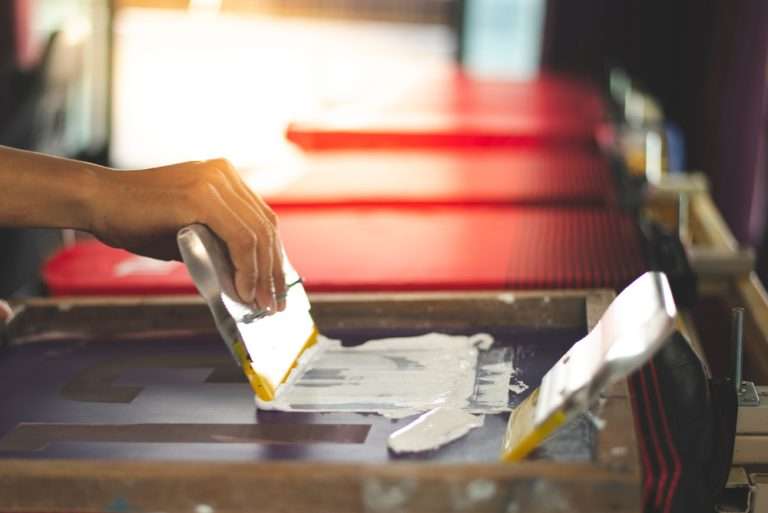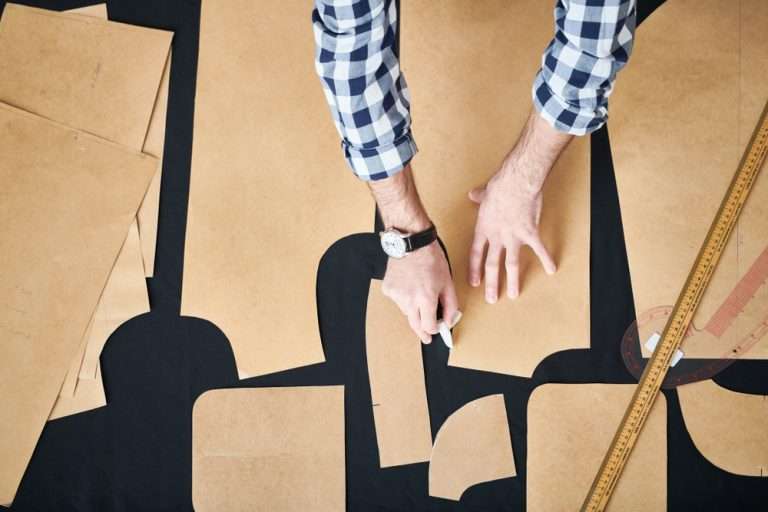
Garment Stitching: Crafting T-Shirts, Polos, Shirts, and Hoodies
In the world of fashion, sewing and stitching are the fundamental techniques that bring clothing to life. From the casual comfort of a t-shirt to the timeless elegance of a shirt and the sporty appeal of a hoodie, the art of garment stitching plays a vital role in creating our everyday attire. In this blog post, we’ll explore the intricate process of sewing and stitching that goes into crafting these essential wardrobe pieces.
1. T-Shirt Stitching: T-shirts are the staple of any casual wardrobe. Crafting the perfect t-shirt involves several key steps:
- Pattern Making: The first step is creating a pattern that determines the t-shirt’s shape and size. This pattern serves as a guide for cutting the fabric.
- Cutting: After selecting the fabric, the pattern is used to cut the necessary pieces. Accuracy is crucial to ensure the t-shirt fits well.
- Seam Stitching: T-shirts are typically stitched using an overlock or serger machine to create neat, stretchy seams. The shoulder seams, side seams, and sleeve hems are carefully stitched.
- Hemming: The bottom hem and sleeve cuffs are folded and stitched for a polished finish.
- Neckband: A neckband is added around the collar, providing structure and comfort.
- Finishing Touches: Any additional elements, such as pockets or decorative stitching, are added to enhance the t-shirt’s design.
2. Polo Shirt Stitching: Polo shirts combine the comfort of a t-shirt with a more refined look. Here’s how they’re crafted:
- Pattern and Cutting: The pattern for a polo shirt includes a collar and placket. The fabric is cut accordingly.
- Collar Construction: The collar is often made separately and then attached to the shirt’s neckline.
- Placket: A placket is stitched onto the shirt’s front to create the characteristic polo shirt opening.
- Seams and Hems: Side seams, sleeve hems, and the bottom hem are stitched for a polished appearance.
- Buttonholes and Buttons: Buttonholes are created on the placket, and buttons are attached for closure.
3. Shirt Stitching: Shirts are versatile garments suitable for both casual and formal occasions. The stitching process for shirts is intricate and includes:
- Pattern and Cutting: Like other garments, shirts begin with a pattern and fabric cutting.
- Collar and Cuffs: The collar and cuffs are constructed, often with interlining for structure.
- Buttonholes and Buttons: Buttonholes are meticulously stitched, and buttons are attached.
- Sleeves and Seams: The sleeves are attached, and side seams are stitched to form the shirt’s body.
- Darts and Pleats: Depending on the style, darts or pleats may be added for a more tailored fit.
- Finishing: Shirts are ironed and pressed to ensure a crisp appearance.
4. Hoodie Stitching: Hoodies combine warmth and style. Crafting a hoodie involves several steps:
- Pattern and Cutting: The hoodie pattern includes pieces for the body, sleeves, and hood. The fabric is cut accordingly.
- Pockets: If the hoodie has pockets, they are stitched onto the front.
- Seams and Hems: Side seams, sleeve hems, and the bottom hem are carefully stitched for durability.
- Hood Attachment: The hood is attached to the neckline, and drawstrings may be added.
- Cuffs and Waistband: Cuffs are attached to the sleeves, and a waistband is stitched to the bottom.
The art of sewing and stitching is a labor of love that transforms fabric into wearable works of art. Whether it’s the comfort of a t-shirt, the versatility of a polo shirt, the elegance of a dress shirt, or the coziness of a hoodie, each garment is meticulously crafted through a series of steps.


